India generates around 62 million tonnes of waste annually, with urban areas contributing 43 million tonnes. Only 75-80% is collected, and just 22-28% is processed, leading to environmental degradation. Overflowing landfills contaminate soil and water, while waste burning pollutes the air and releases methane, worsening climate change.
The United Nations promotes sustainable waste management to achieve SDGs. The Government of India implements initiatives like the Swachh Bharat Mission and Solid Waste Management Rules (2016) to enhance segregation, recycling, and scientific disposal, aligning with a global emphasis on a circular economy and waste-to-energy technologies.
Why We Should Focus On Waste-to-Energy Generation in India?
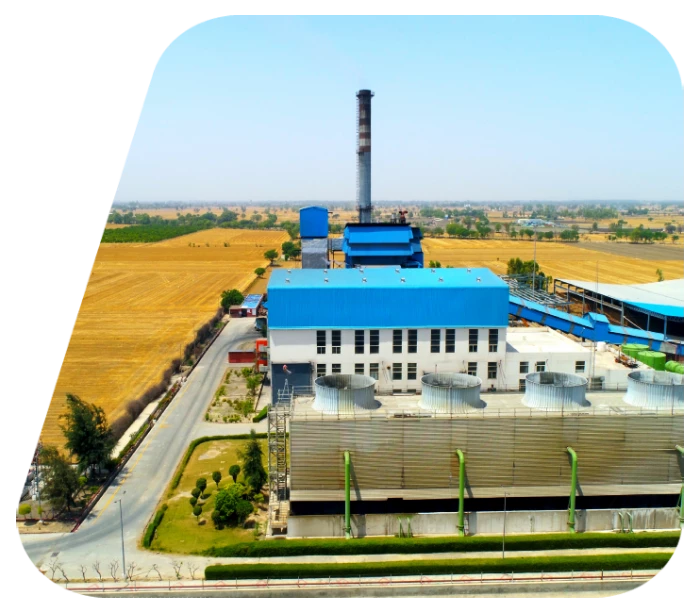
Many technological and innovation leaders have found ways to convert the waste into a viable source of energy. Converting waste into energy presents a multi-faceted solution to several pressing issues in India.
- Firstly, it addresses the significant waste management problem, reducing the volume of waste in landfills and mitigating associated environmental hazards such as soil and water contamination, air pollution from waste burning, and methane emissions.
- Secondly, waste-to-energy technologies like pyrolysis, gasification, and anaerobic digestion transform waste into renewable energy sources, thus contributing to India's energy security and reducing reliance on fossil fuels.
This approach is also in alignment with global sustainability goals. The United Nations and other international bodies emphasize the importance of sustainable waste management practices to achieve Sustainable Development Goals (SDGs), particularly those related to clean energy (SDG 7) and responsible consumption and production (SDG 12).
What Are The Views of the Government of India on Waste-to-Energy?
The Government of India has been proactive in this domain with initiatives like the Swachh Bharat Mission and Solid Waste Management Rules (2016), which promote scientific disposal, segregation, and recycling of waste. Additionally, the government's focus on promoting a circular economy is evident in its support for waste-to-energy projects.
According to the Ministry of New and Renewable Energy (MNRE), the potential for generating energy from waste in India is around 5,600 megawatts (MW).
Despite this potential, currently, only about 168.64 MW of electricity is produced from waste, indicating substantial room for growth.
Waste-to-Energy Companies in India That’s Making a Difference:
Several Indian companies are actively contributing to the waste-to-energy (WtE) sector, utilizing innovative technologies to convert waste into renewable energy. Here are some notable companies:
1. SAEL (Sustainable & Affordable Energy for Life)
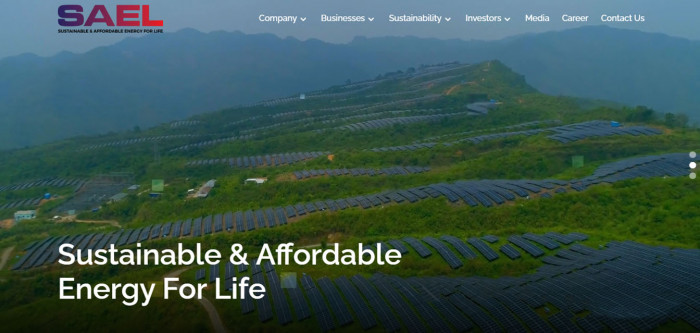
SAEL (Sustainable & Affordable Energy for Life) focuses on converting agricultural waste, particularly paddy straw, into electricity. The company employs advanced biomass technologies and straw-fired boilers, providing a sustainable solution to agricultural waste management and energy generation.
Projects: SAEL operates several biomass power plants across India.
| Location | Capacity | Technology | Description |
| Ferozepur, Punjab | 18 MW | Straw-fired boiler | Utilizes advanced combustion technology to convert paddy straw into energy. |
| Jal Kheri, Punjab | 10 MW | Straw-fired boiler | Efficiently processes agricultural waste to produce renewable energy. |
| Jaitu, Punjab | 18 MW | Straw-fired boiler | Reduces air pollution and enhances soil quality by preventing straw burning. |
| Kaithal, Haryana | 15 MW | Straw-fired boiler | Provides sustainable energy solutions and supports the rural economy. |
| Bhatinda, Punjab | 14.5 MW | Mixed-fuel boiler | Combines various biomass materials for efficient energy production. |
| Rajasthan | 90 MW | Advanced biomass technology | Large-scale plant nearing completion, aimed at significantly boosting renewable energy capacity. |
Technology:
- Advanced Combustion Systems: Ensure complete combustion of agricultural waste, maximizing energy output.
- Emission Control: Minimize pollutants and comply with environmental regulations.
- Integrated Waste Management: Solutions from waste collection to energy production, ensuring minimal environmental impact.
- Impact: Their projects reduce air pollution from burning paddy straw, improve soil quality, and provide local employment.
2. TrashCon
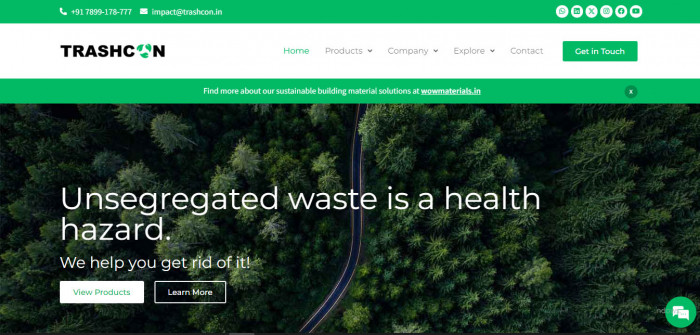
- Technologies: Develops automated waste segregation machines called TrashBots, which efficiently sort waste into biodegradable and non-biodegradable categories.
- Waste Conversion: The segregated waste is converted into useful products like recycled plastic and compost.
- Capacity: Capable of processing large volumes of waste, with some models handling up to 10 tonnes per hour.
- Location: Headquarters in Bangalore, with installations in various cities.
- Impact: Reduces landfill waste, supports recycling efforts, and contributes to a cleaner environment.
3. Paterson Energy
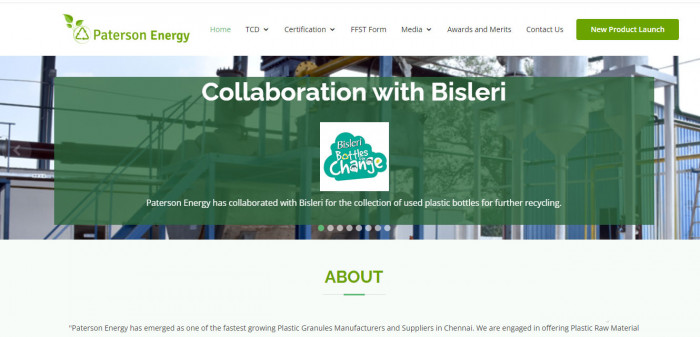
- Technologies: Specializes in pyrolysis technology, which involves heating plastic waste in the absence of oxygen to produce fuel oil, carbon black, and hydrocarbon gas.
- Waste Conversion: Converts plastic waste into fuel oil, helping manage plastic waste effectively and providing a sustainable alternative to conventional fuels.
- Capacity: Specific plant capacities are not publicly detailed but focus on handling significant volumes of plastic waste.
- Location: Headquarters in Chennai, with operational plants in different regions.
- Impact: Manages plastic waste, reduces environmental pollution, and generates sustainable energy sources.
4. Bio Green Power Generation & Energy (BGPGE)
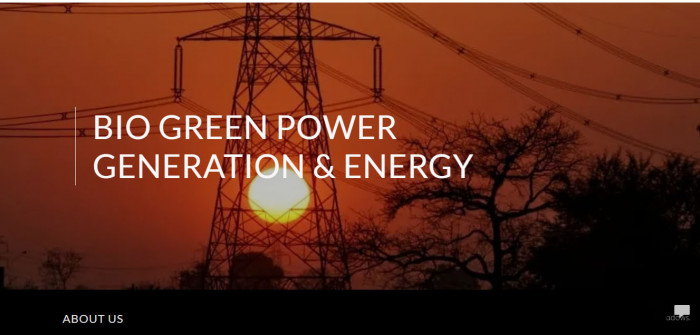
- Technologies: Utilizes biomass pellets made from agricultural residues and pyrolysis technology for plastic waste conversion.
- Waste Conversion: Converts agricultural residues into biomass pellets and plastic waste into fuel oil.
- Capacity: Notable for its ability to process large volumes of agricultural and plastic waste.
- Location: Headquarters in Gujarat, with projects in various regions.
- Impact: Reduces greenhouse gas emissions, promotes sustainable agricultural practices, and creates local employment opportunities.
5. Prayogik
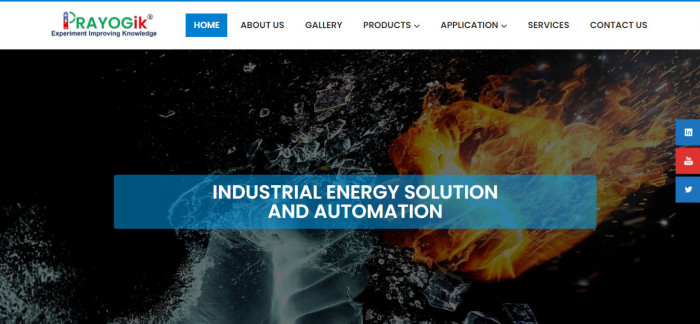
- Technologies: Provides remote power management solutions and develops biodegradable waste-to-energy technologies, including thermoelectric modules, fuel cell generators, and advanced battery management systems.
- Waste Conversion: Utilizes waste for energy production through biodegradable waste-to-energy solutions.
- Capacity: Focuses on specialized applications rather than large-scale waste processing.
- Location: Headquarters in Hyderabad, with a focus on remote and rural areas.
- Impact: Addresses global energy challenges, promotes sustainability, and supports efficient energy management and waste utilization.
These companies are at the forefront of India's waste-to-energy sector, driving innovations that help manage waste efficiently while producing renewable energy, thereby supporting the country’s sustainability goals.
Conclusion
The need for waste-to-energy generation in India is critical, given the country's waste generation of 62 million tonnes annually. This method not only reduces the burden on overflowing landfills but also converts waste into valuable energy.
SAEL is a leading example of innovation in this sector, converting paddy straw into electricity. Their projects have a significant impact, such as the reduction of air pollution, saving approximately 1.5 million tonnes of CO2 emissions annually. Additionally, SAEL's initiatives create employment for local communities and provide farmers with an alternative income source by purchasing agricultural residues.
This fosters a circular economy, demonstrating how waste-to-energy technologies can transform waste management and contribute to a sustainable future











Comments